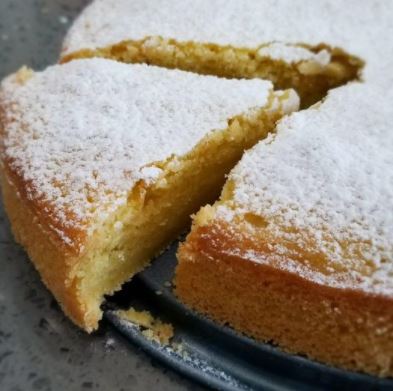Translation missing: en.general.social.share_title
Share on Facebook
Tweet on Twitter
Pin on Pinterest
 Growing your own fruits and vegetables is one of the best ways to lead a more eco-friendly life. Beyond procuring more flavorful, healthy, and organic produce, you’ll come to understand and appreciate all the time and work that goes into growing food.But, when planting a new garden, don’t underestimate the importance of dirt! In order to thrive, your plants needs healthy, nutrient-dense soil. This good news is, you can grow your own healthy soil too! We collected tips from a few master gardeners to set you on your way to harvesting fresh produce from your own yard space with homemade compost. You’ll be making your very own garden-to-table meals with produce as local as it gets before you know it.
Growing your own fruits and vegetables is one of the best ways to lead a more eco-friendly life. Beyond procuring more flavorful, healthy, and organic produce, you’ll come to understand and appreciate all the time and work that goes into growing food.But, when planting a new garden, don’t underestimate the importance of dirt! In order to thrive, your plants needs healthy, nutrient-dense soil. This good news is, you can grow your own healthy soil too! We collected tips from a few master gardeners to set you on your way to harvesting fresh produce from your own yard space with homemade compost. You’ll be making your very own garden-to-table meals with produce as local as it gets before you know it.What You'll Need:
- A 3’x3’ site (you don’t need a compost bin unless you live in a very rainy area or you prefer the look of it)
- A shovel or two of garden soil
- Lots of brown and green matter (see below!)
What you CAN add to your compost pile:
- Brown matter, carbon-rich materials closer to decomposition
- Dried leaves, hay, straw, sawdust, wood chips, dead flowers, and shrub and tree prunings.
- Green matter, nitrogen-rich plant materials
- Green weeds, fruit and vegetable scraps, cover-crop remains, fresh grass clippings, coffee grounds, tea bags, and uncomposted manure from cows, goats, horses, or poultry.
- Sunset master gardeners warned against certain leaves, saying that “pine needles take longer to break down, while compounds in black walnut and eucalyptus leaves can inhibit growth in other plants; compost those greens only if you combine them with lots of other vegetative waste.”
What you should NOT add to your compost pile:
- Animal products
- Bones, meat scraps, dairy products
- Plants with fungal diseases such as fire blight or verticillium
- Seedy or rhizomatous weeds like purslane, Bermuda grass, or bindweed
What to Do:
- Cover your 3’x3’ site with 4-8 inches of thicker, coarser brown matter, like straw, cornstalks, or leaves.
- Add a layer of green matter, also 4-8 inches deep.
- Cover with garden soil.
- Add another layer of brown matter.
- Moisten all three layers with water.
- Repeat until the pile is about 3 feet high, trying to create a ratio of 3:1 of brown:green matter.
- Turn the pile every 2-4 weeks by moving the matter at the center of the pile to the outside with a garden fork or shovel. Check to make sure the pile is still moist, and add water if needed.



